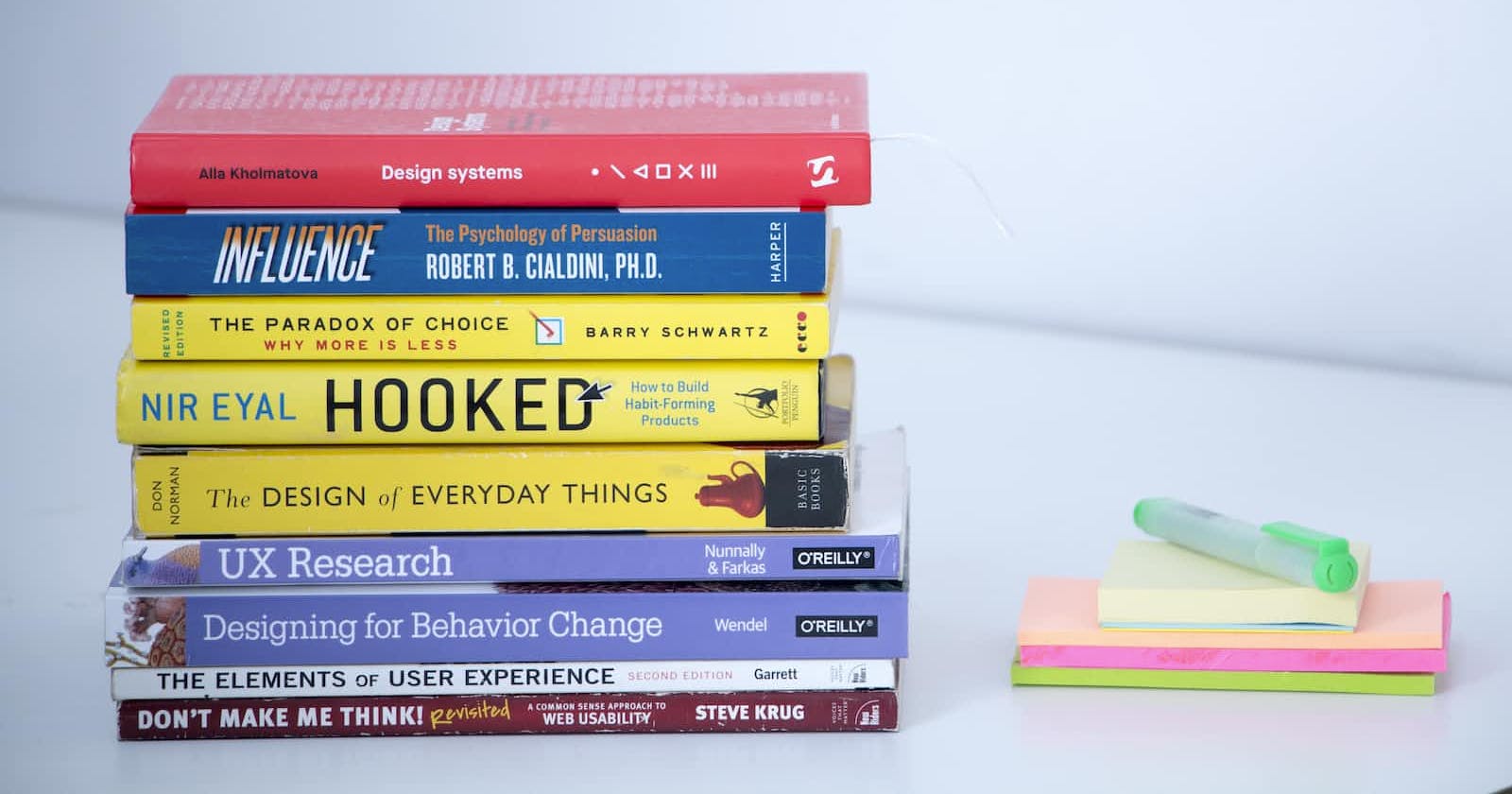User Experience Design (UX Design) as the name implies - the design of a user's experience.
In UX design, "experience" refers to the overall impression and interaction a user has when using a product or service. It encompasses the emotional, physical, and cognitive aspects of the user's interaction
The term “UX” was first coined in the 1990s by Dr. Donald Norman, an electrical engineer and cognitive scientist at Apple
Generally, design can be seen as the process of conceiving and planning the creation of a thing with a specific purpose or objective in mind. It involves a combination of creativity, problem-solving, and aesthetics to develop solutions that fulfill functional, practical, or artistic goals.
User Experience Design, often abbreviated as UX Design, is an important aspect of modern product development. It considers each and every element that shapes the user experience. It’s all about designing specifically for the needs of the user.
In this article, we'll explore the essence of UX design, backed by examples of good and bad UX to illustrate its impact on user satisfaction.
Examples of Bad UX:
Online forms with no progress bar (makes form feel endless)
Pop-ups & Ads that don't have close button or heard to access close buttons (especially allow cookies pop-up 😖)
Poorly implemented text-links on website
Good UX design can have a profound impact on a product's success. It enhances user satisfaction and contributes to higher conversion rates.
In conclusion, UX design is about creating experiences that prioritize users' needs and preferences.

